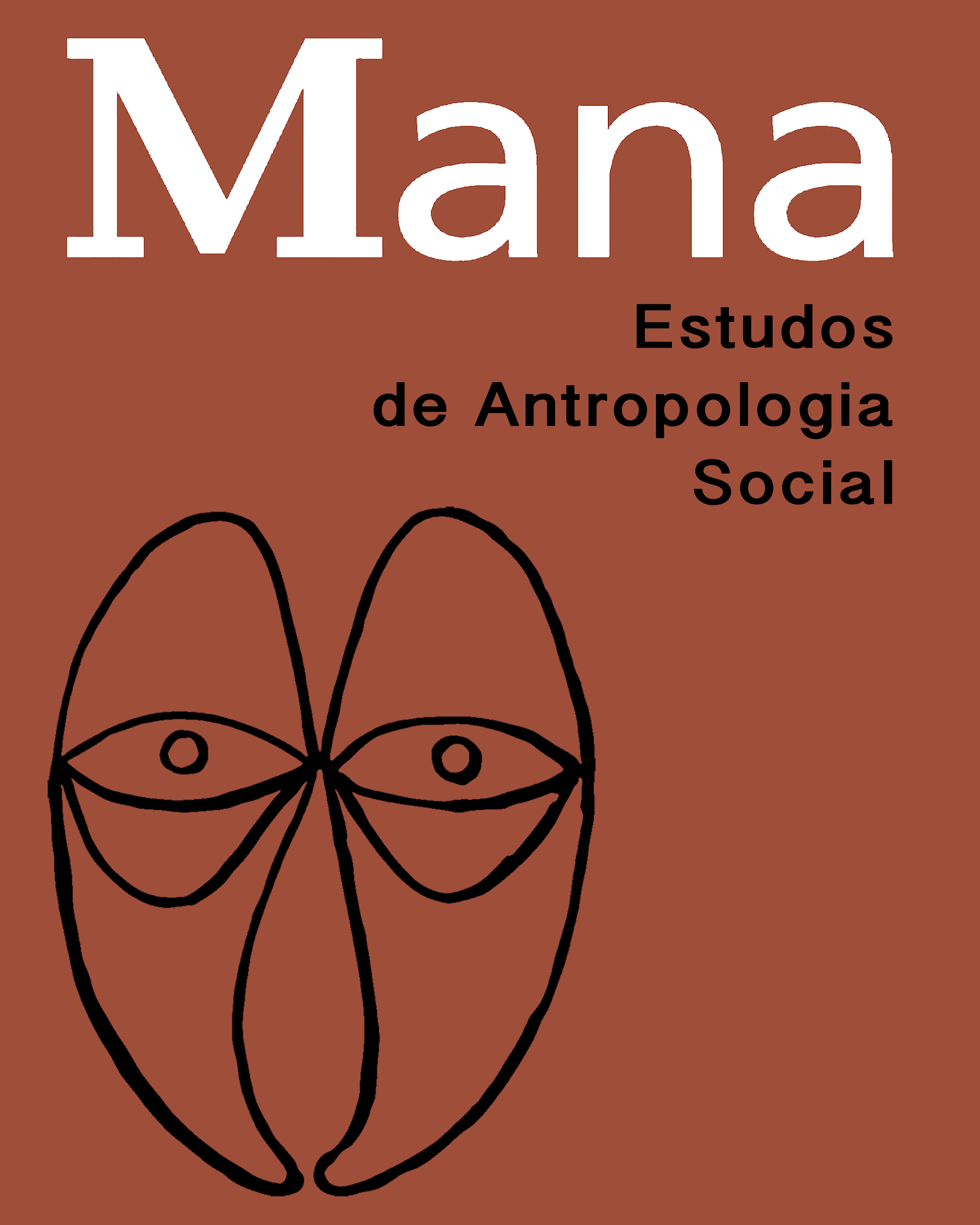In their quest for the recognition of their customary territories, indigenous populations of the Americas have increasingly made use of modern techniques for the precise definition of territories. This has resulted in tensions between their often highly flexible territorial practices and the more fixed modalities of territoriality produced through such techniques. The objective of this article is to explore such tensions and their social consequences by analysing the territorial practices of the Uros, an indigenous group living on floating islands in the reed beds of the Andean Lake Titicaca. It will analyse such practices both at the community level and in their conflictive relations with neighbouring lakeshore communities and a protected area administered by the Peruvian state. The Uros' internal territorial practices reveal high levels of physical mobility and social flexibility, resulting from their continuous merging and scission of the artificial reed islands. However, their engagement with the state and its territorial practices has resulted in profound transformations to their arrangements with the lakeshore communities. In particular, it has resulted in a transformation of flexible, vaguely defined and shared territories into fixed, clearly defined and exclusive territories. Finally, I will analyse conflicts that emerged among the Uros when their leaders tried to apply mechanisms for territorial fixation in order to control the continuous merging and scission of floating islands.
Indigenous movements; territorial practices; the state; the Andes







